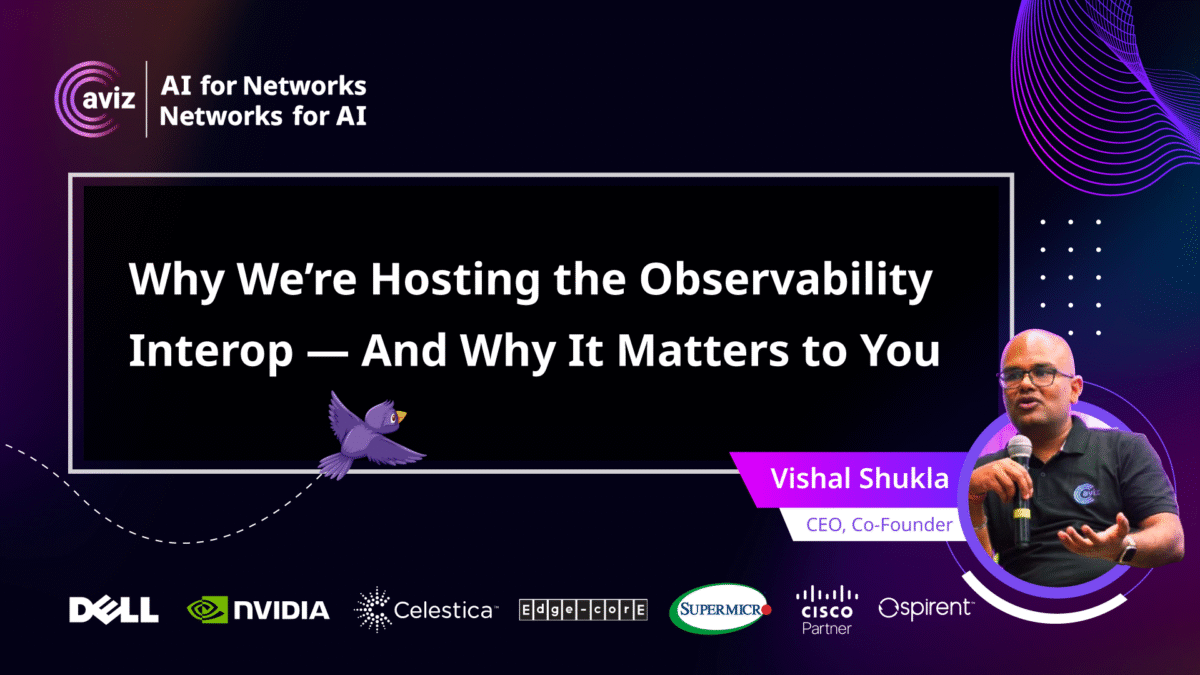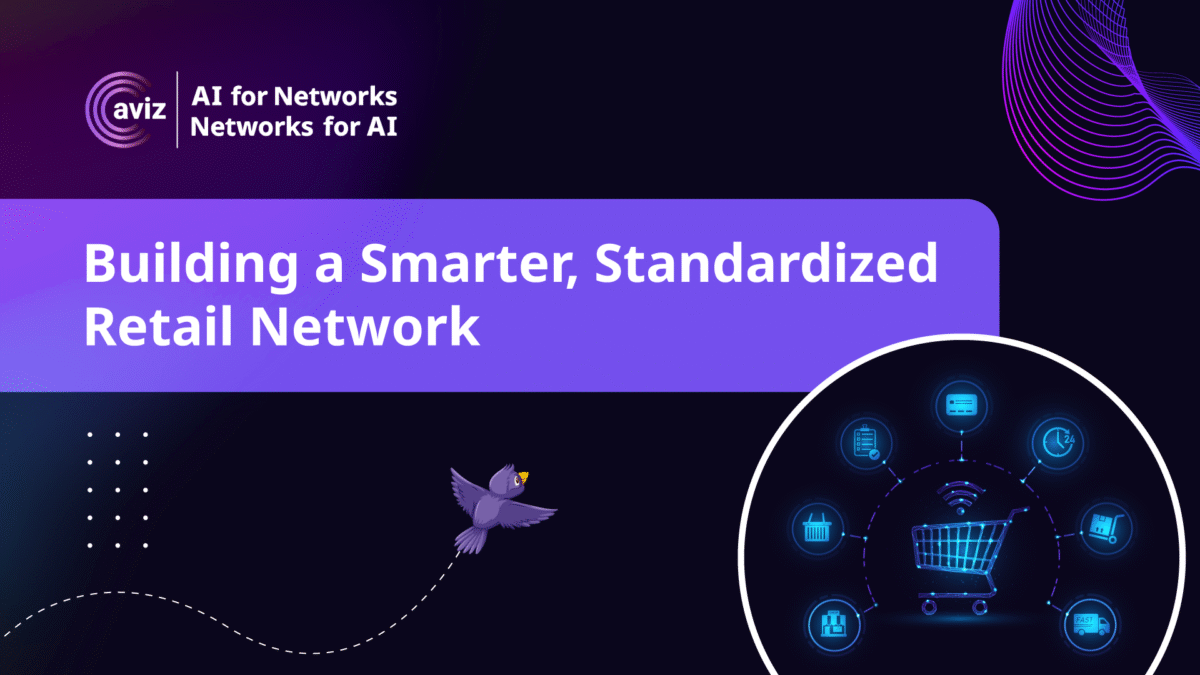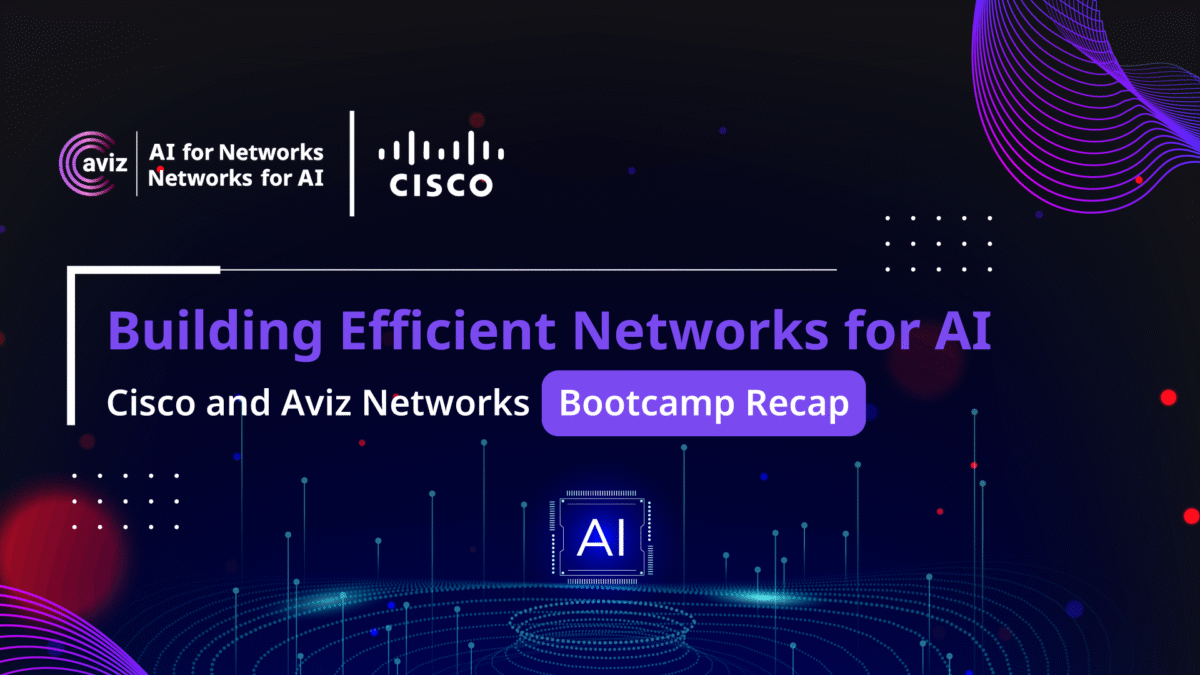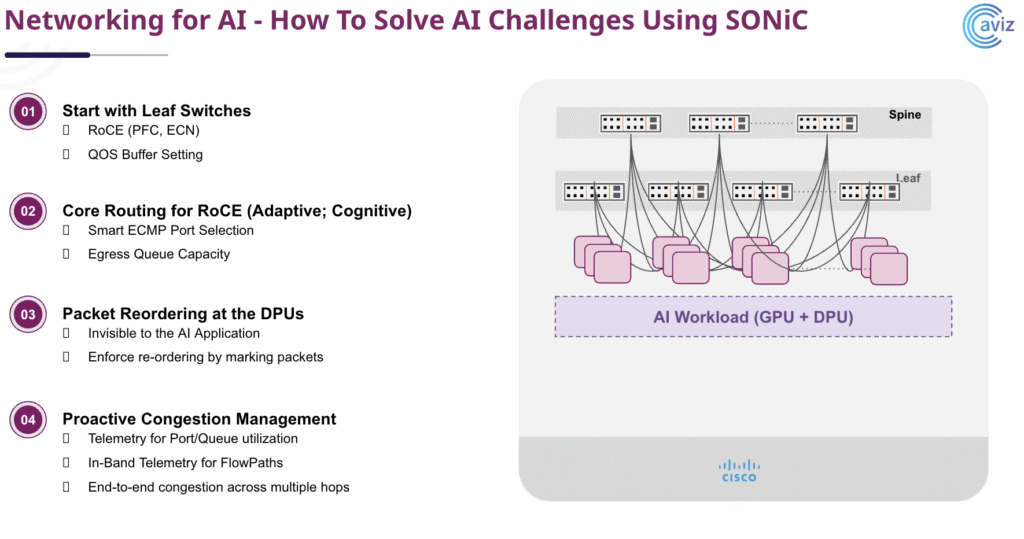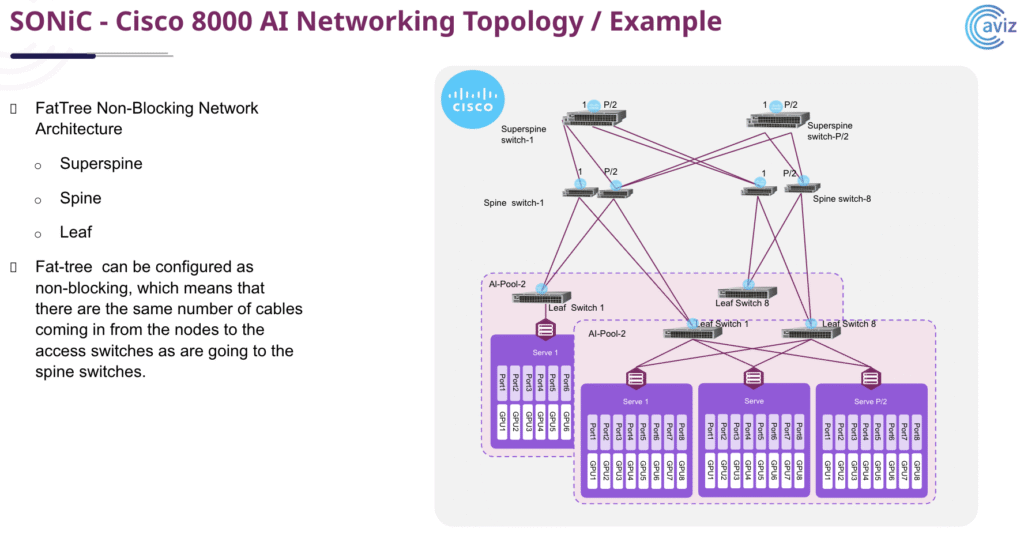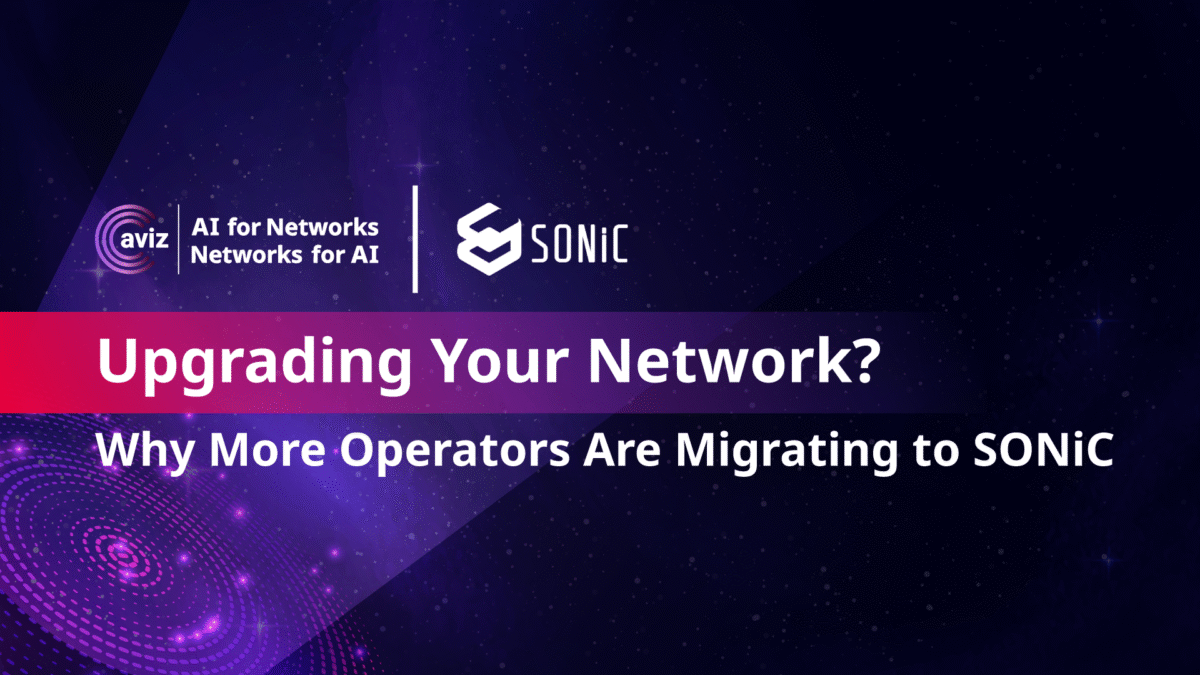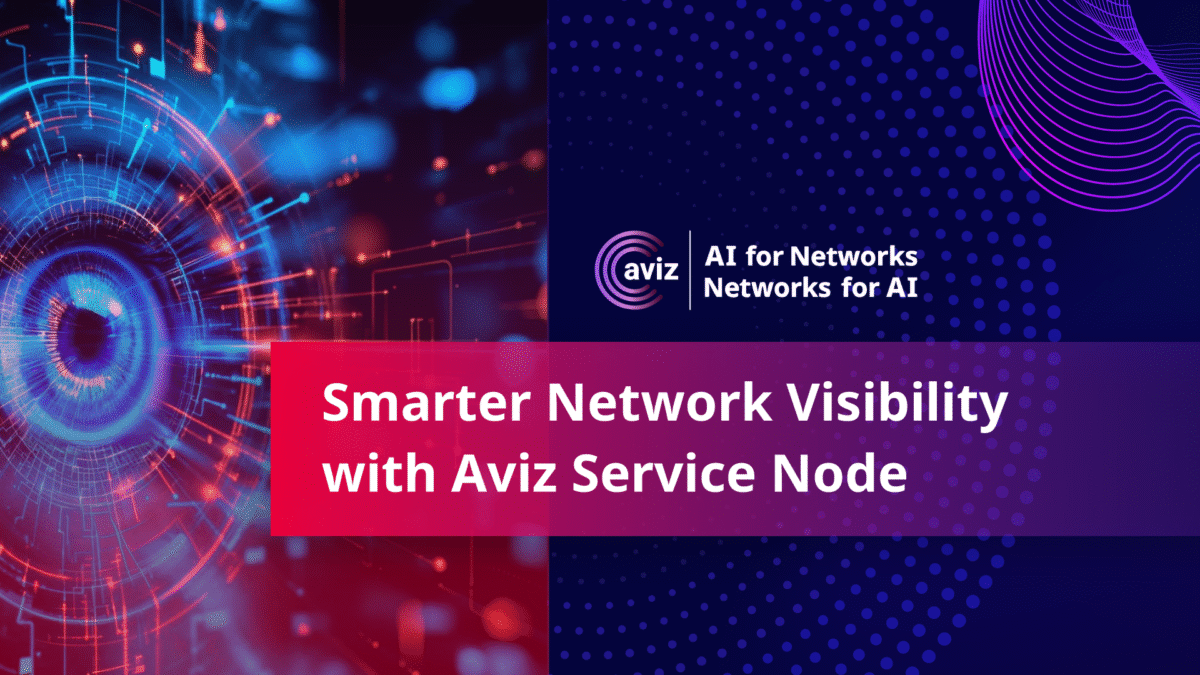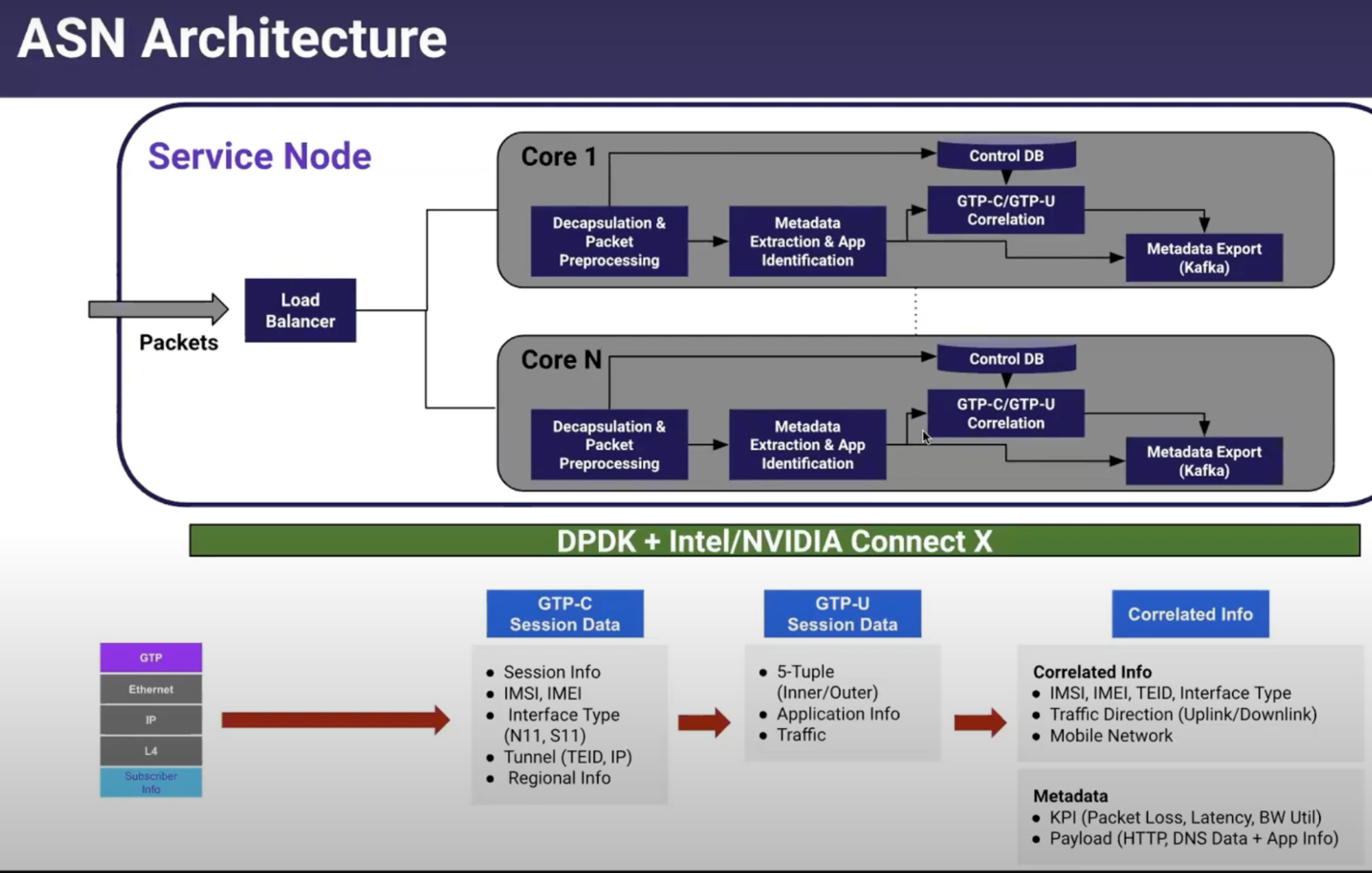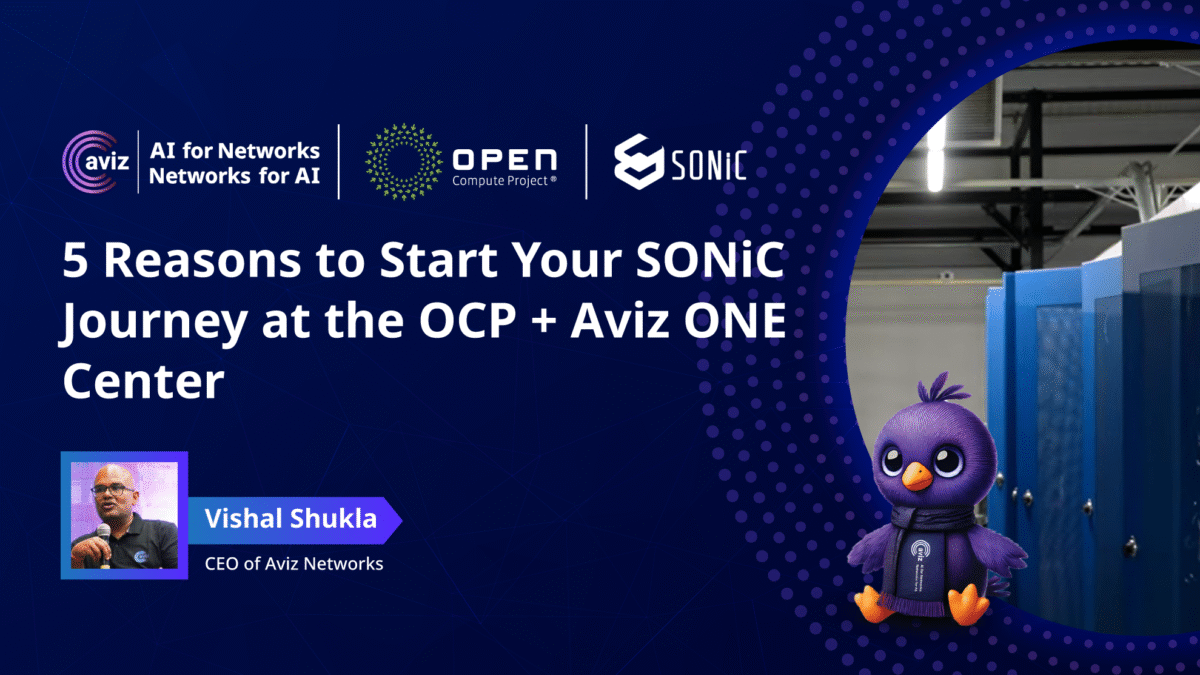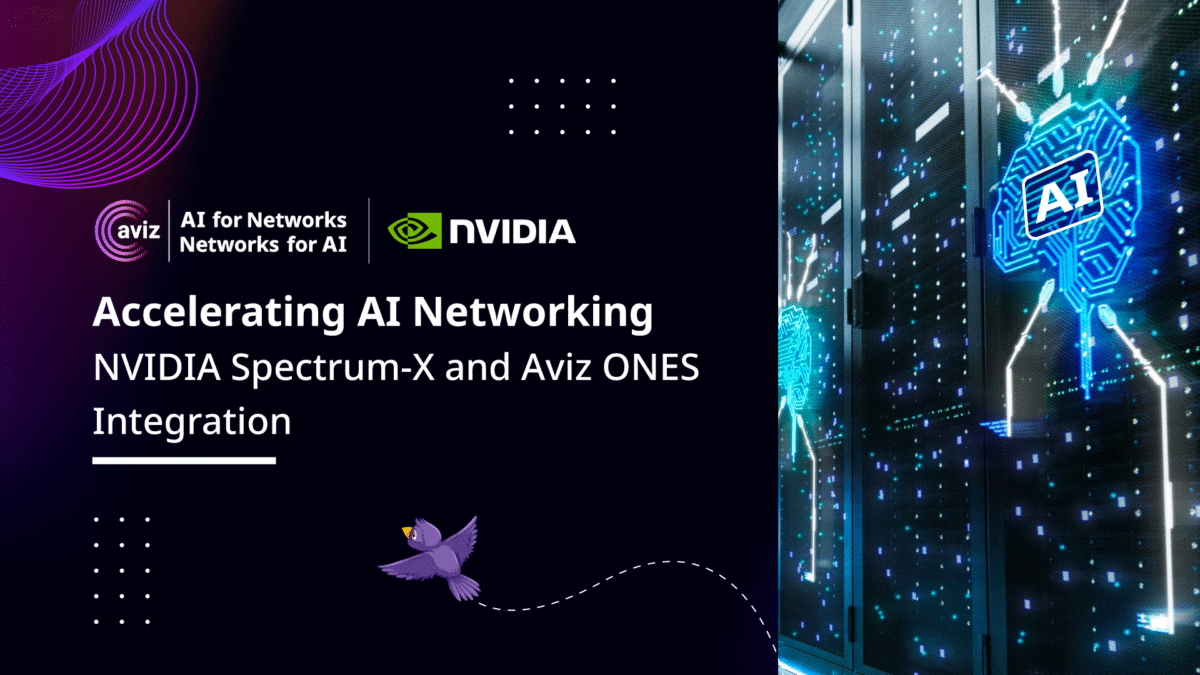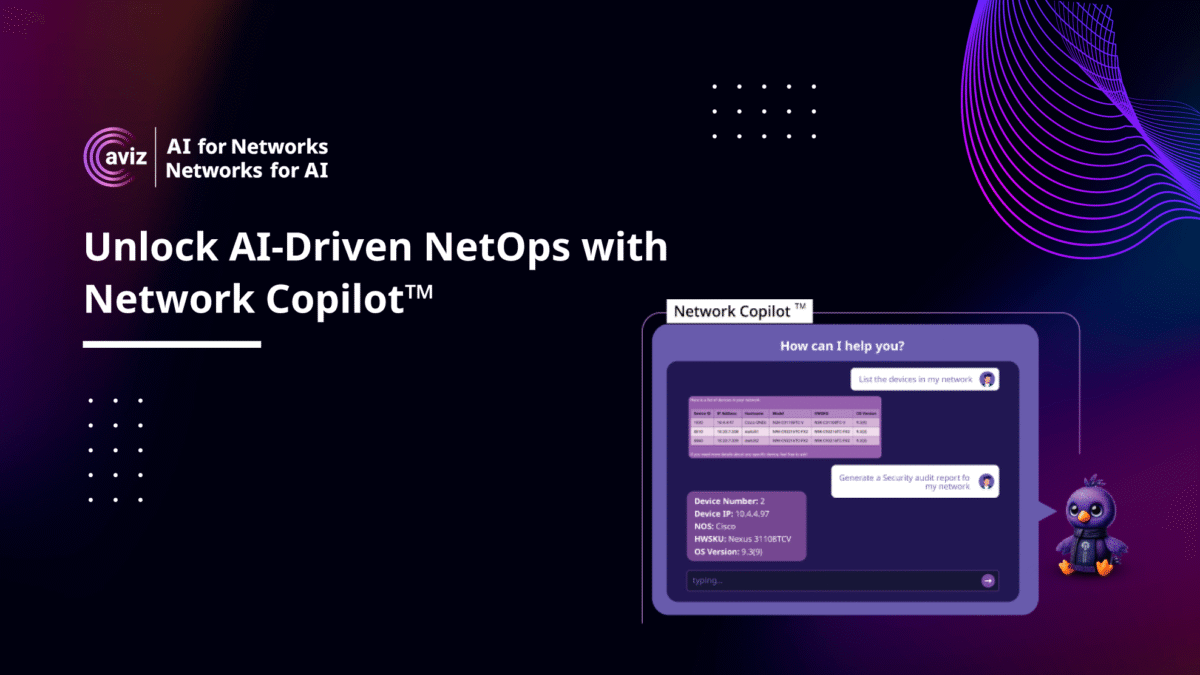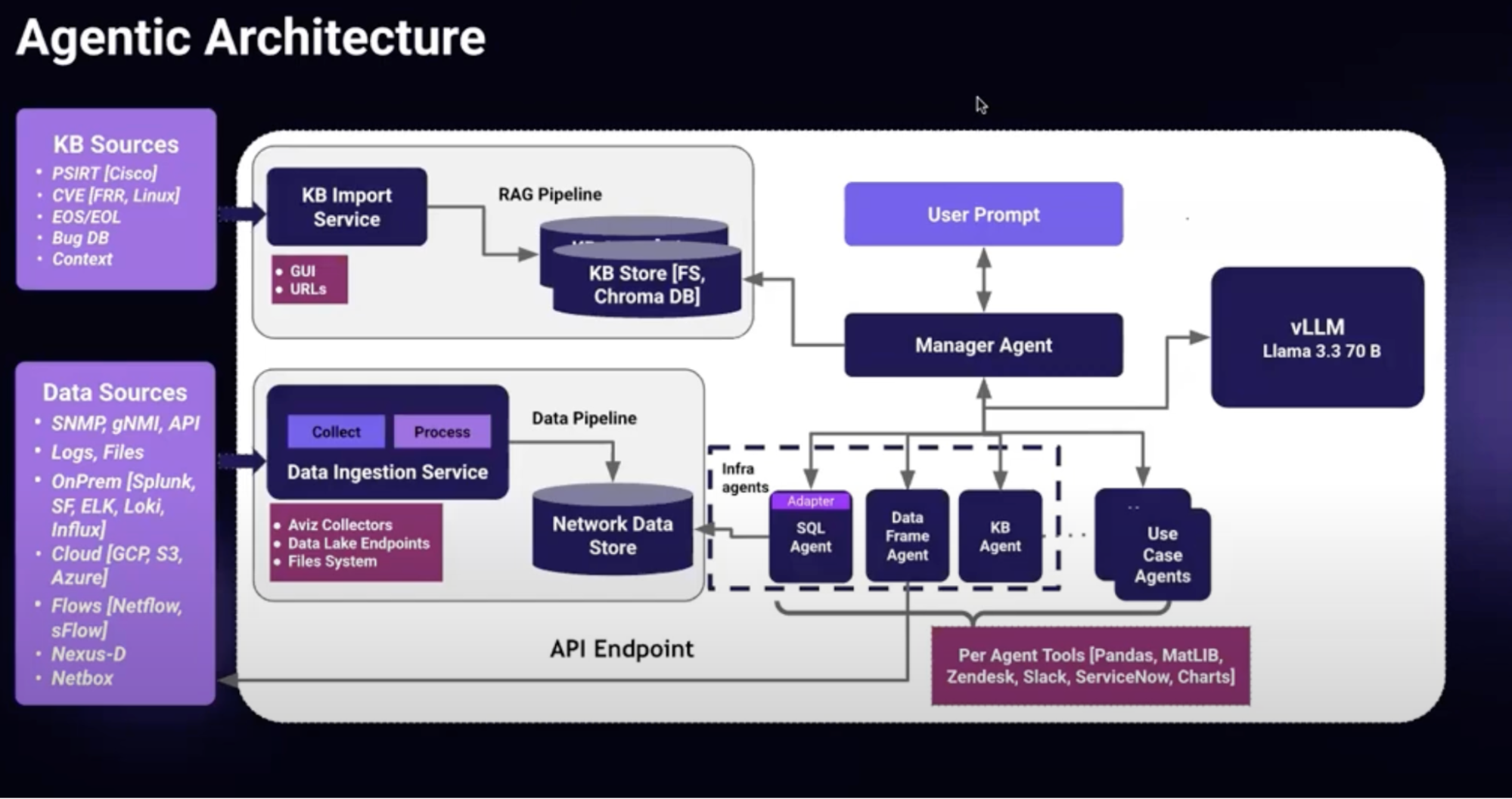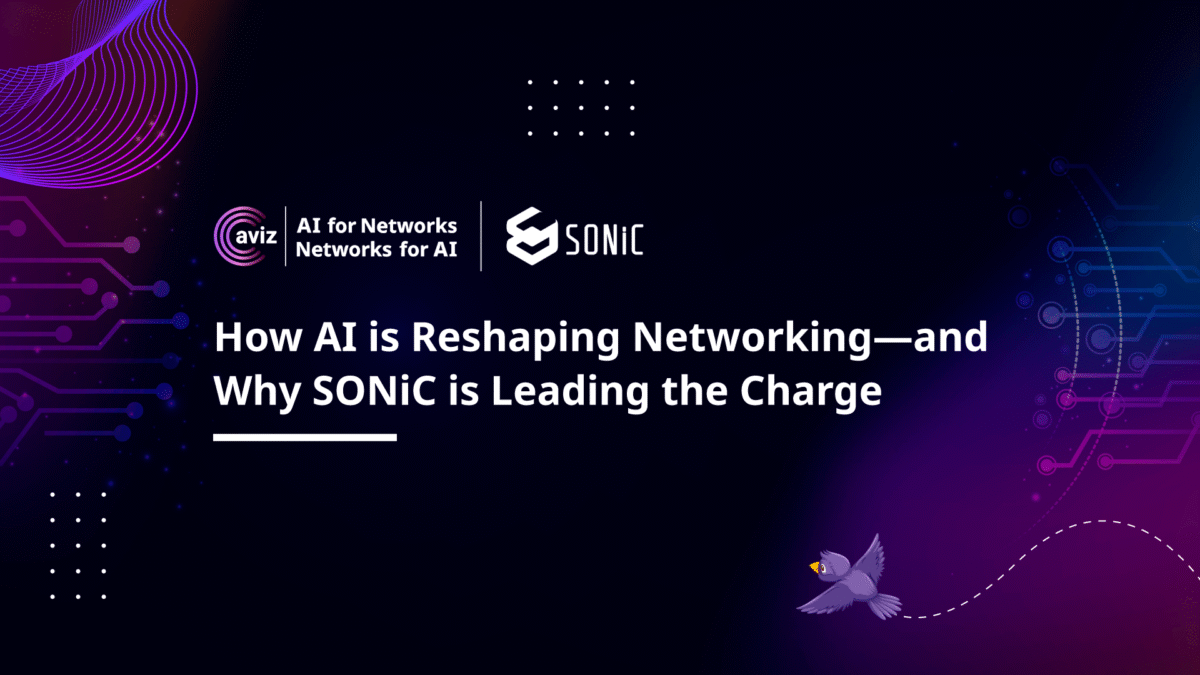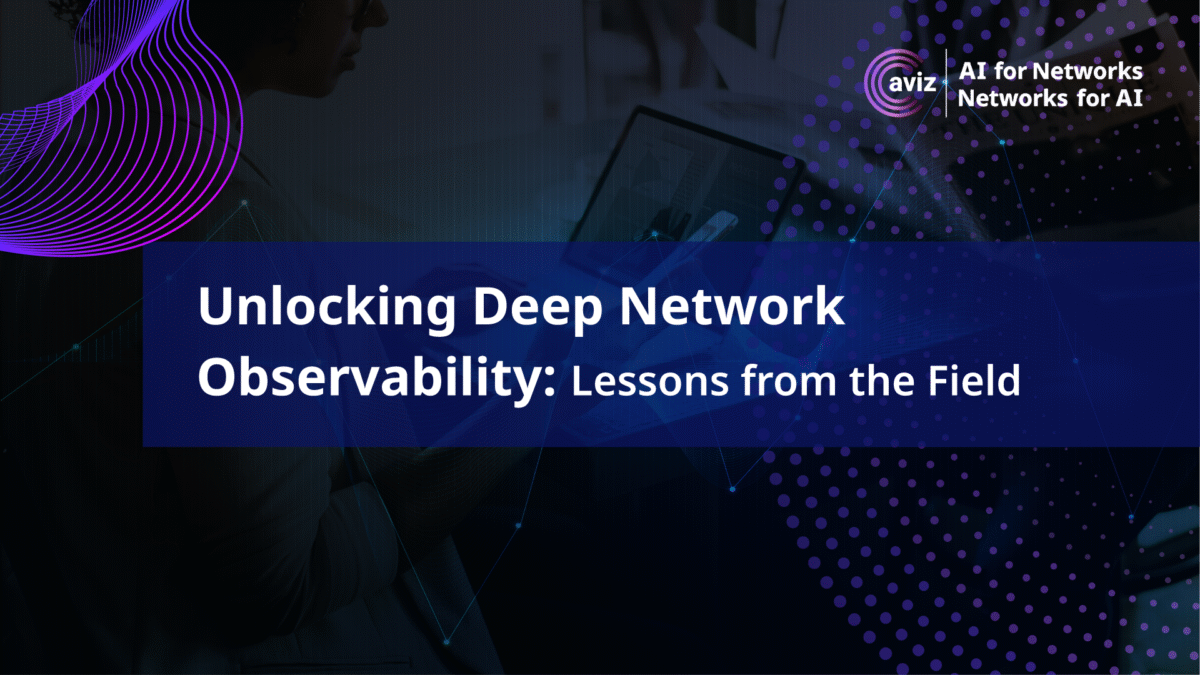Legacy observability stacks — packet brokers, service nodes, and closed analytics platforms — weren’t built for today’s scale, AI-driven agility, or cost-sensitive infrastructure teams. If you’re running visibility infrastructure today, chances are you’ve hit some or all of these roadblocks:
- Budget spikes every time you refresh hardware
- Rigid, hardware-bound architectures that restrict flexibility
- Vendor-controlled dashboards that limit automation and data ownership
- Sky-high per-port pricing with little ROI clarity
- Outdated power and rack footprints that ignore modern efficiency needs
We believe observability needs a reset — not another patch.
That’s why we’re hosting the Deep Network Observability Interop:
A community-driven showcase of what’s possible when observability becomes modular, software-first, AI-ready, and vendor-agnostic.
Here’s how Vishal Shukla, CEO of Aviz Networks, frames it:
This is the inflection point. Infrastructure teams deserve choices, transparency, and automation that scale. The Interop proves that you can move away from rigid stacks without compromising on performance, insights, or control.
Vishal Shukla, CEO of Aviz Networks,
See real configs. Real results. No sales pitch — just better architecture.


